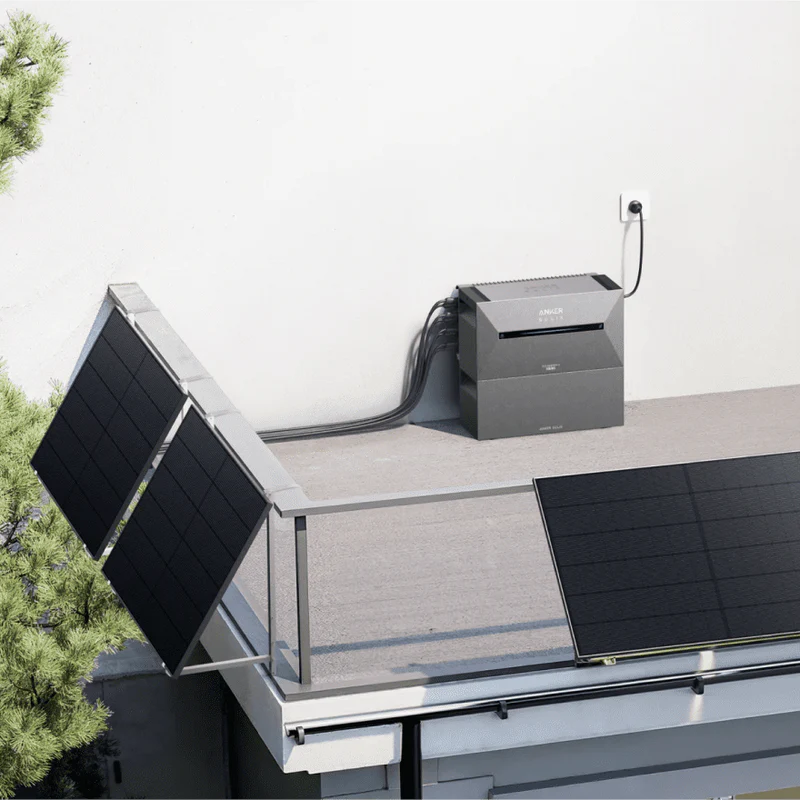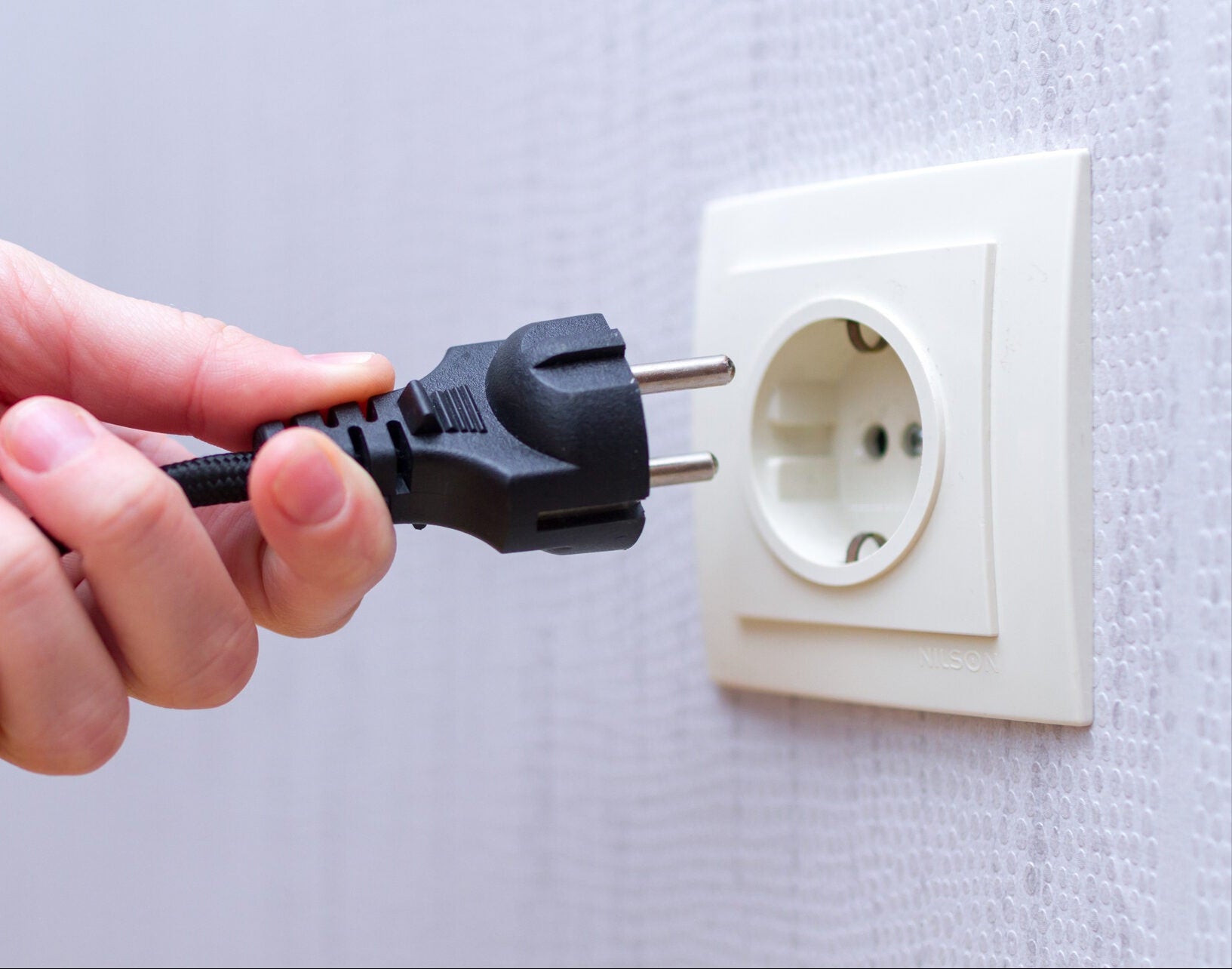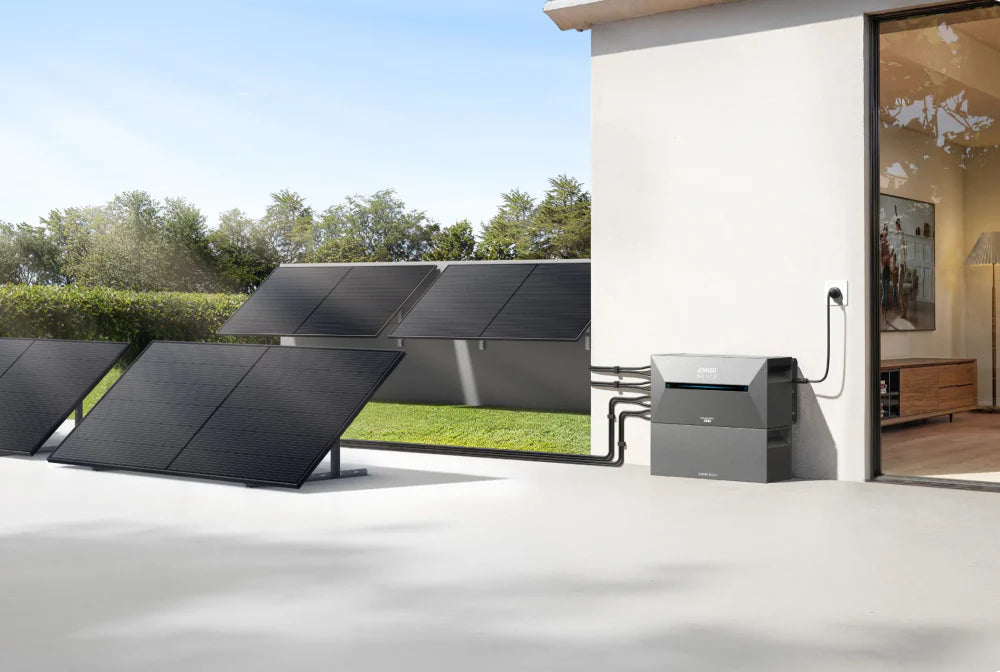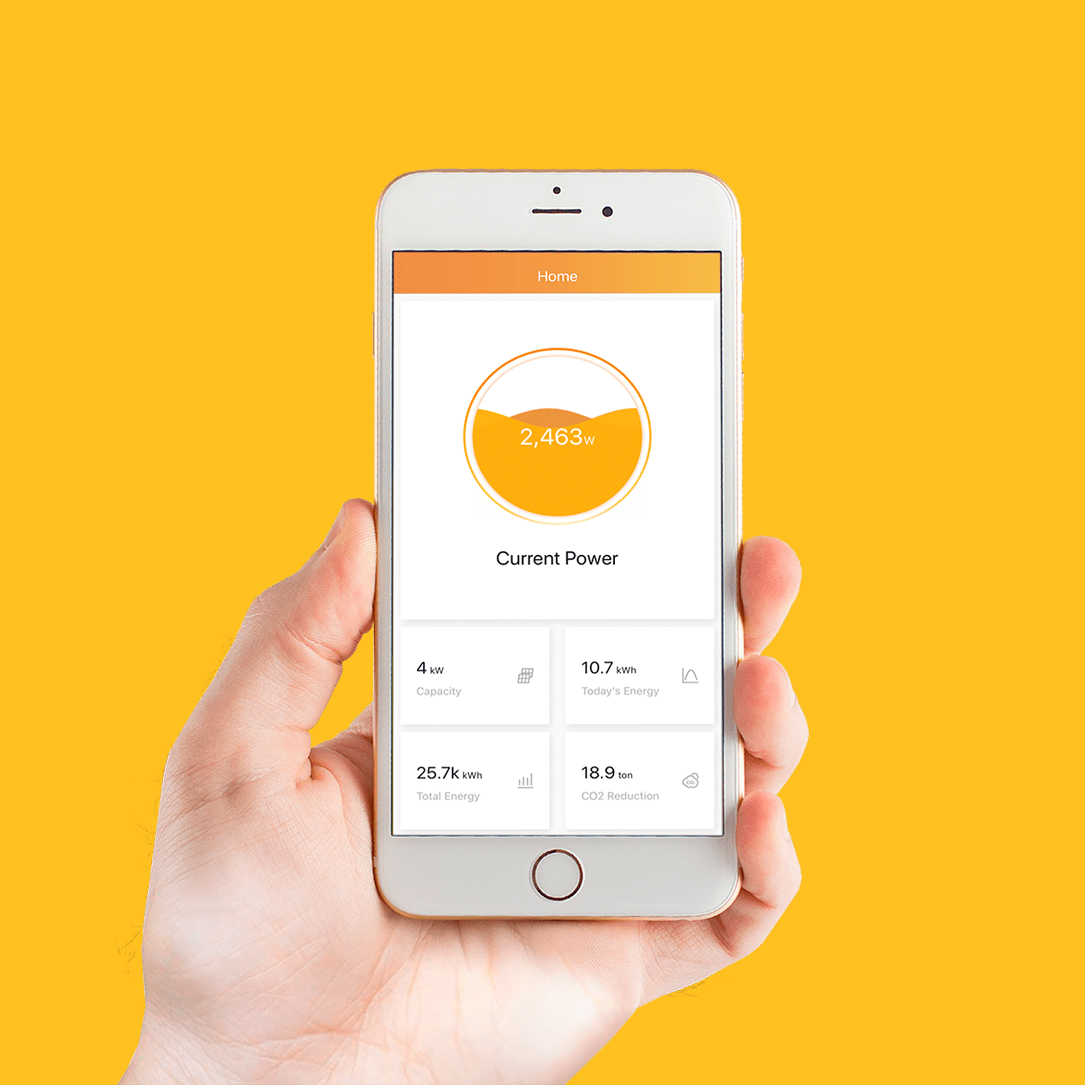What are “plug & play” systems?
“Plug & Play” systems – also called “plug-and-play” , “plug-en play” , “plug-in” , “solar panels with plug” , “micro-PV” , “balcony solar panels” – are devices ( solar panels or home batteries ) that supply electricity that you can connect directly to a household socket , just like a normal electrical appliance . The term “plug & play” , literally “plug in and use” , emphasizes the simplicity of installation .
The “plug & play” system produces electricity ( solar panels ) or stores electricity ( home batteries ) without the need for an electrician and without the obligation to have a ‘conformity check before commissioning’ . Installing plug & play solar panels , possibly in combination with a home battery , is a budget-friendly option to still enjoy solar energy for people who do not want to invest in an expensive fixed solar panel installation on the roof or for tenants who can easily take the plug-and-play devices with them after the end of the rental period .

Easy to connect
How the microinverter works
Maximum capacity
Flexible placement
Easy to install yourself
You do not need an installer for the solar panels with plug , because you can easily connect the 'plug and play' solar panels yourself . You place the solar panels and put the plug in an earthed socket .

Home battery
A plug & play home battery can be a smart investment in combination with 'plug & play solar panels '. With a home battery , excess solar energy can be stored and used later via the socket for later consumption , making you less dependent on the electricity grid and saving costs on your energy bill .
In addition, with certain models it is also possible to charge the battery with a dynamic energy contract when the electricity is very cheap and to discharge it when the electricity is expensive . In this way you earn back the home battery automatically .
Home batteries are available in different brands and capacities and are increasingly purchased in combination with 'plug-and-play solar panels' .
The home battery system basically consists of two parts: the inverter and the battery itself . Some plug-and-play home batteries are all-in-one , meaning that the inverter and battery are integrated into one device.

Monitoring
You can also measure your electricity consumption and the current from the solar panels by means of energy meters . The most commonly used energy meter is the one for the socket (Smart Plug) . In addition, there is the P1 energy meter that you plug into the P1 port of your smart meter .
In addition, you can use the battery manufacturer's app to connect to your energy storage system . This allows you to quickly and easily see how many kW you generate per day , week or even at that moment . You can then also determine when and how much of the stored electricity is released. In such an app, the price of a kW can often be stated, to see how much money you save or earn .

What is the payback period of a plug-and-play solar panel?
The payback period of a plug & play solar panel or set of solar panels depends on various factors, such as the price of the solar panels , the abolition of the reverse counter , the price of electricity , and your energy consumption .
Due to the falling cost of solar panels and the increasing price of electricity, the payback period per group of up to 800 Wp is on average 2 to 3 years .

Legal framework
Plug & play solar panels and home batteries may be connected directly to the socket in Belgium from May 2025, provided that they are homologated by Synergrid and comply with Belgian and European safety standards . Only these approved devices are allowed and they switch off automatically in the event of a power failure .
The registration requirement varies per region and also depends on the type of electricity meter . In Flanders : with a digital meter, registration with Fluvius is not mandatory under 800 W , but is recommended for faster reimbursement. Above 800 W, registration is mandatory within 30 days of commissioning. With an analogue meter , you must always register , regardless of the capacity; a digital meter is then installed. In Brussels and Wallonia, plug & play systems must always be registered within 30 days , regardless of the capacity.
There is no legal maximum number of plug & play panels , but a maximum of 800 W may be injected into the home network . This is automatically regulated by the micro-inverter or battery . A prior inspection is not required , because these systems are considered mobile products, but as a user you remain responsible for a safe installation . Finally, urban planning regulations , such as for placement on a balcony, remain in force.







